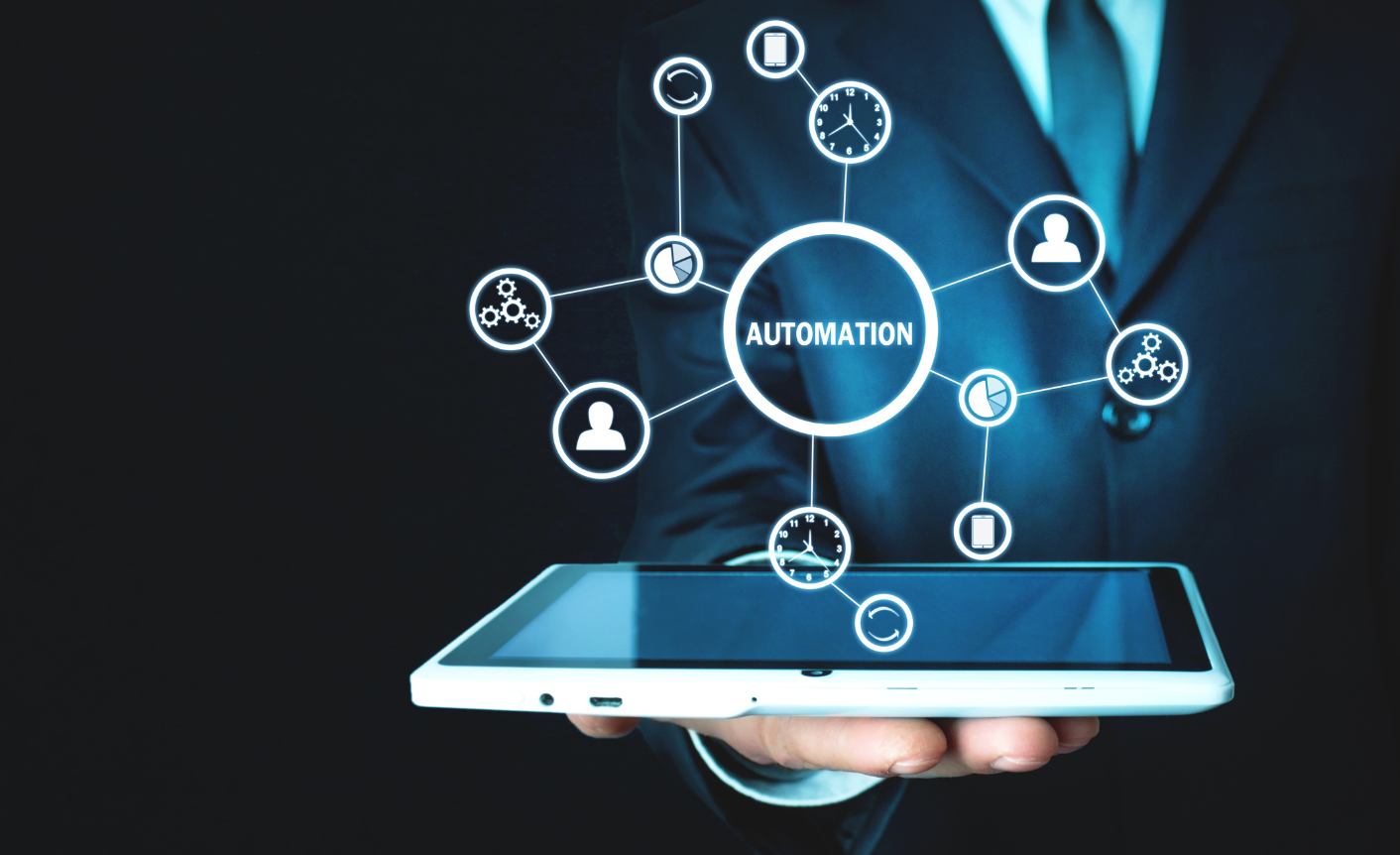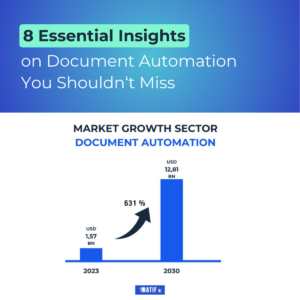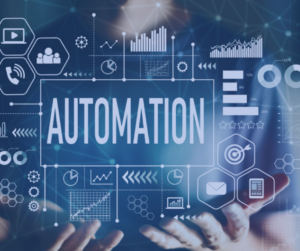The amalgamation of AI and automation is reshaping sectors, offering solutions to long-standing problems, and creating more efficient, productive environments. Let’s delve deeper into five pivotal areas where this fusion is making waves.
1. Healthcare: From Diagnostics to Desk Work
Diagnostic Evolution:
The role of AI in diagnostics has become nothing short of revolutionary. Machine learning models, trained on vast datasets, are analyzing medical imagery – from X-rays to MRIs – often with a precision that rivals or even surpasses human experts. For instance, Google’s DeepMind has developed algorithms that detect eye diseases in scans, providing early diagnoses and preventing potential blindness.
Streamlining Administration:
Beyond the complex world of diagnostics, AI-driven tools are addressing the administrative bottlenecks in healthcare. With tools that can automate appointment scheduling, manage patient records, and even handle billing, healthcare providers can focus more on patient care and less on paperwork.
2. Manufacturing & Logistics: Smart Factories and Routes
The Age of Predictive Maintenance:
Gone are the days of unexpected machine failures causing production halts. With AI algorithms that continuously monitor machinery, analyzing countless data points, companies can now predict when equipment might break down, leading to proactive maintenance and a significant reduction in downtime.
Revolution in Logistics:
Imagine a world where delivery routes are dynamically adjusted in real-time, considering factors like traffic, weather, and package priorities. AI is making this a reality, driving efficiencies, and ensuring timely deliveries, which is particularly crucial in sectors like e-commerce.
3. Finance: Safeguarding and Strategizing
Battling Fraud with AI:
In an increasingly digital world, financial fraud has become a significant concern. Enter AI: sophisticated systems that monitor countless transactions in real-time, identifying suspicious activities and stopping potential fraud in its tracks.
The AI Trader:
The stock market, once the domain of seasoned analysts and brokers, is seeing the rise of the AI trader. By dissecting vast amounts of market data and recognizing patterns beyond human comprehension, AI models are aiding in making trading decisions, often yielding impressive returns.
4. Customer Service: 24/7 Support and Personal Touch
Chatbots – The New Customer Reps:
Day or night, rain or shine, AI-powered chatbots are here to assist. Handling a range of queries, from order status to troubleshooting, these bots ensure customers get immediate responses, enhancing user satisfaction.
Personalization at Its Best:
By sifting through and analyzing user behavior data, AI tools can predict what a customer might want or need. This level of personalization means more relevant product recommendations and tailored experiences, leading to increased loyalty and sales.
5. Agriculture: The Future of Farming is Here
Precision at the Forefront:
Drones hovering over fields aren’t a scene from a sci-fi movie; they’re part of modern agriculture. Armed with AI, these drones, along with ground-based sensors, meticulously analyze soil health, moisture levels, and crop conditions, ensuring resources like water and fertilizers are used judiciously.
Forecasting – Beyond Just Weather:
While predicting weather patterns is crucial, AI goes a step further. By analyzing past data and current indicators, it can forecast potential pest infestations or diseases, enabling farmers to take preventive action.
In a nutshell, the fusion of AI and automation is not just a tech trend; it’s a paradigm shift. As we move forward, the boundaries of what’s possible continue to expand, and one thing is certain: this is just the beginning of an exhilarating journey into a future sculpted by AI.
Navigating the Document Automation Landscape: 10 Best Practices to Ensure Success
As we’ve seen AI’s potential span sectors from healthcare to agriculture and more, its role in document automation emerges as a game-changer for enterprises worldwide. But, integrating AI-driven document automation isn’t just about adopting the technology; it’s about doing it right. Before diving into this transformative journey, let’s arm ourselves with the ten best practices to ensure a smooth and effective document automation process.
1. Define Your Objectives
Understand your primary motivations for adopting AI-driven document automation. Are you aiming for faster document processing, reduced errors, cost savings, or better scalability? Pinpointing objectives will provide direction and criteria for success.
2. Audit and Organize Existing Documents
Evaluate the types and volumes of documents your business handles. Organize and categorize them, ensuring they’re digitized and stored in accessible formats. A clean, organized dataset is foundational for effective AI training.
3. Select the Right Automation Platform
Evaluate AI document automation tools on the market. Consider aspects such as ease of integration, scalability, user interface, customer support, and any industry-specific features.
4. Prioritize Data Security and Compliance
Ensure your chosen solution adheres to relevant data protection regulations (like GDPR, CCPA, or HIPAA). Implement encryption, access controls, and regular audits to protect sensitive document data.
5. Start with a Pilot Program
Before deploying on a large scale, select a particular department or type of document for a trial run. This helps in understanding the tool’s effectiveness and identifying any areas for refinement.
6. Iterative Training and Model Optimization
AI models benefit from continuous learning. Regularly update the system with new data, feedback on its accuracy, and refine its algorithms to ensure it adapts and evolves to your specific needs.
7. Implement a Human-AI Collaboration Model
Even with automation, human oversight remains essential. Establish processes where humans can validate and correct AI outputs, especially for critical documents, ensuring a balance of speed and accuracy.
8. Gradual Scaling and Expansion
Based on the success of your pilot program, gradually expand the AI’s domain. This could mean increasing the types of documents it processes or deploying it across more departments.
9. Monitor, Measure, and Refine
Set up Key Performance Indicators (KPIs) to track the system’s effectiveness. Monitor metrics like processing speed, accuracy rate, reduction in manual interventions, and user satisfaction to continually refine the process.
10. Foster Organizational AI Literacy
Organize training sessions for staff to familiarize them with the new system. Encouraging understanding and openness towards AI-driven document automation will ensure smoother adoption and more innovative applications in the future.
Conclusion
Navigating AI-powered document automation requires strategic planning and the integration of both technology and human expertise. In today’s fast-paced business world, leveraging advanced methodologies is not just beneficial—it’s essential. natif.ai offers a leading-edge platform that embodies best practices, driving efficiency and innovation in document management.







